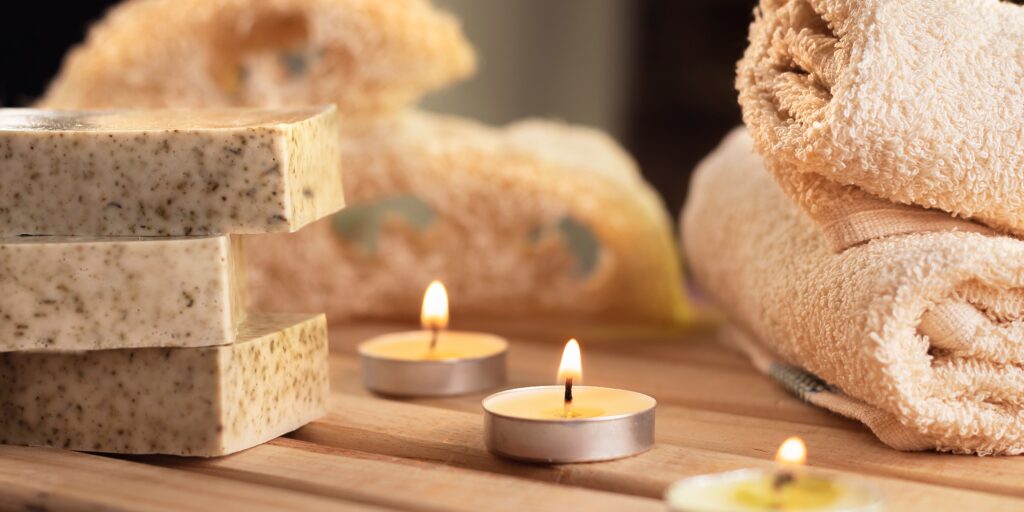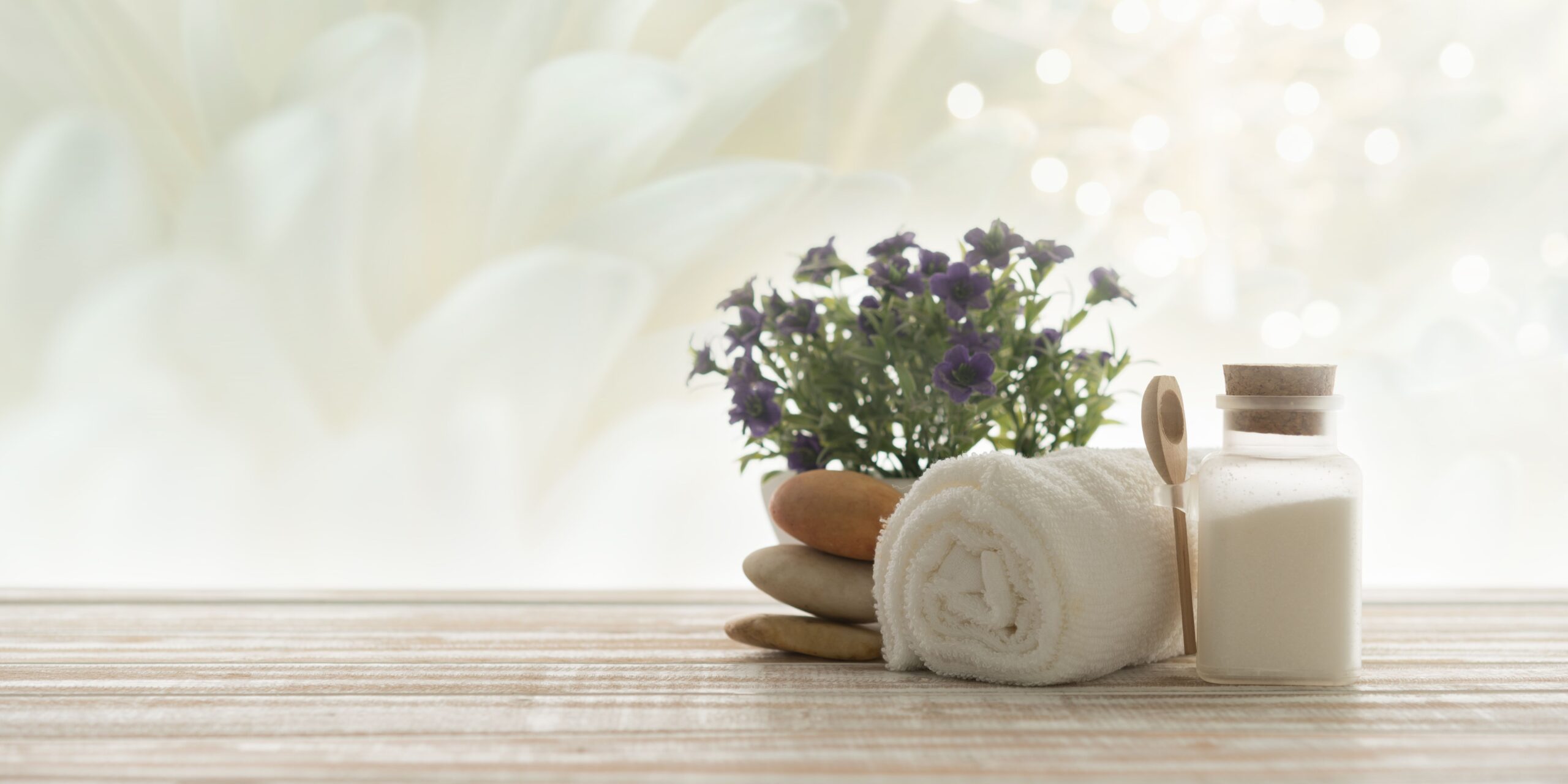The world of natural skincare has seen a renaissance, and at the heart of this revival is a renewed interest in the luxurious traditions of the Ottoman hammam. The bathhouses of old were not only centers for hygiene but also for social interaction and holistic wellness. Today, modern enthusiasts are turning to Hammam recipes for natural soaps to recreate these centuries-old formulations in their own homes, combining history, natural ingredients, and DIY techniques.
The Essence of Traditional Ottoman Soap Making
Traditional Ottoman soap making was a careful blend of science and art. At its core was the belief that natural ingredients could rejuvenate the skin and provide lasting benefits. Here’s a closer look at the essential elements that made these recipes unique:
Natural Oils and Fats
Olive oil, renowned for its moisturizing and antioxidant properties, was the backbone of these recipes. Combined with other natural fats and oils, it helped create a soap that was both cleansing and gentle on the skin.
Herbal and Botanical Extracts
Herbs such as rosemary, thyme, and lavender were not only used for their fragrance but also for their antibacterial and soothing properties. These botanicals were often infused into the soap during the curing process.
Lye and Saponification
The process of saponification, where fats react with lye, was carefully controlled to ensure that the final product was pure and free of harsh chemicals. Traditional recipes emphasized the importance of using the correct lye-to-oil ratio to produce a mild soap that nourished the skin.
For many modern artisans, rediscovering Hammam recipes for natural soaps is a way to honor these time-tested methods while incorporating contemporary natural ingredients.
Crafting Authentic Ottoman Natural Soaps
Recreating the magic of the Ottoman era in your own kitchen is not only a tribute to history but also a rewarding DIY project. Here is a step-by-step guide on how to craft authentic Ottoman natural soaps:
Step 1: Gather High-Quality Ingredients
- Olive Oil: Use extra-virgin olive oil for its superior quality.
- Other Oils: Consider adding coconut oil or almond oil to vary the texture and moisturizing properties.
- Herbs: Fresh or dried herbs like lavender, rosemary, or thyme can be used.
- Lye: Food-grade lye is necessary for saponification. Always handle with care.
- Distilled Water: To ensure purity and consistency.
Step 2: Prepare the Lye Solution
Carefully measure the lye and slowly mix it with distilled water (never the other way around) to create the lye solution. This step requires safety precautions including gloves, goggles, and a well-ventilated area.
Step 3: Mixing and Saponification
Combine the oils in a large, heat-safe container and warm them gently. When both the oils and the lye solution are at similar temperatures, slowly pour the lye solution into the oils while stirring continuously. This is when the magic of saponification begins.
Step 4: Incorporate Herbs and Essential Oils
Once the mixture starts to thicken, add your herbs and essential oils. This is your opportunity to tailor the soap’s scent and therapeutic qualities.
Step 5: Molding and Curing
Pour the mixture into molds and allow it to set for 24 to 48 hours. After unmolding, let the soap cure in a cool, dry place for 4 to 6 weeks. This curing period ensures that the soap is fully saponified and gentle on the skin.
Using Hammam recipes for natural soaps in this way not only revives historical traditions but also gives you complete control over the ingredients and quality of your homemade product.

Reviving Tradition With DIY Techniques
The modern DIY movement has embraced the revival of these ancient techniques, offering enthusiasts the opportunity to create their own Homemade soaps for hammam and indulge in an authentic, spa-like experience at home. This section explains how to adapt traditional methods to modern kitchens and lifestyles.
Benefits of DIY Hammam Soap Making
- Control Over Ingredients: Customize your soap with organic, ethically sourced ingredients.
- Cost-Effective: Save money by making your own high-quality soaps.
- Personalized Scents and Textures: Experiment with different herbs and oils to suit your personal preferences.
- Cultural Connection: Connect with centuries-old traditions and practices that have been perfected over time.
Modern Adaptations for DIY Hammam
Many contemporary soap makers are integrating traditional Ottoman methods with innovative techniques. For instance, using cold-process methods minimizes heat damage to essential oils and preserves the integrity of delicate botanicals. Others are experimenting with exfoliants like ground olives or coffee, inspired by the old-world hammam treatments.
When you experiment with these Hammam recipes for natural soaps, you’re not only creating a unique product but also participating in a broader cultural revival.
One inspiring example is our very own The Old Hammam & Spa, a haven that has embraced these ancient traditions and modern innovation alike. At our Hammam, enthusiasts experience the timeless benefits of historical techniques, offering a bridge between the past and present wellness practices.
The Revival Movement: Incorporating Ancient Techniques in Modern Wellness
Today, the resurgence of interest in natural skincare has led to a significant revival of traditional Hammam recipes for natural soaps. This movement is part of a broader trend in wellness that values holistic approaches and natural ingredients. Here’s what’s driving this revival:

Environmental Awareness and Sustainability
Modern consumers are increasingly aware of the environmental impact of synthetic chemicals and mass-produced beauty products. Traditional soap making, with its focus on biodegradable, natural ingredients, aligns perfectly with this eco-conscious mindset.
Health and Wellness Trends
There is a growing preference for products that support overall skin health and well-being. Ancient formulations, which have stood the test of time, offer gentle cleansing, natural moisturizing, and therapeutic benefits that resonate with today’s wellness-oriented consumers.
Revival of Artisanal Craftsmanship
In an era dominated by machine-made products, many are turning back to artisan techniques that emphasize craftsmanship, authenticity, and the story behind each product. Modern DIY enthusiasts and small-scale producers are rediscovering Hammam recipes for natural soaps as a way to reclaim lost traditions and create high-quality, personalized products.
Again, the Old Hammam has become a beacon in this revival movement, showcasing the timeless techniques of the past and serving as a center for modern wellness enthusiasts who seek to reconnect with history through natural, handmade products.
Final Words: Preserving Heritage Through DIY Hammam Practices
The revival of ancient soap-making traditions has not only reconnected us with a rich cultural heritage but has also provided a sustainable, natural alternative to modern synthetic products.
Today’s interest in DIY Hammam projects and Homemade soaps for hammam reflects a broader movement towards mindfulness, sustainability, and artisanal craftsmanship. Embracing these traditions, as demonstrated by our cherished The Old Hammam & Spa in Edmonton London, helps to celebrate and preserve the time-honored techniques of the past.







